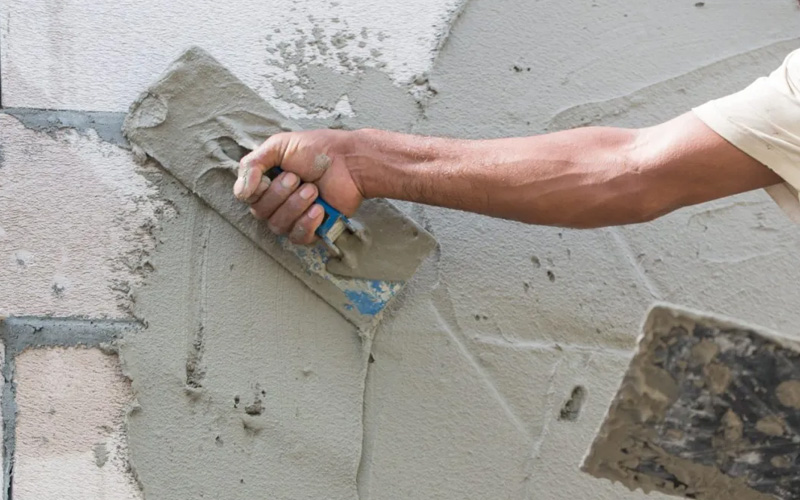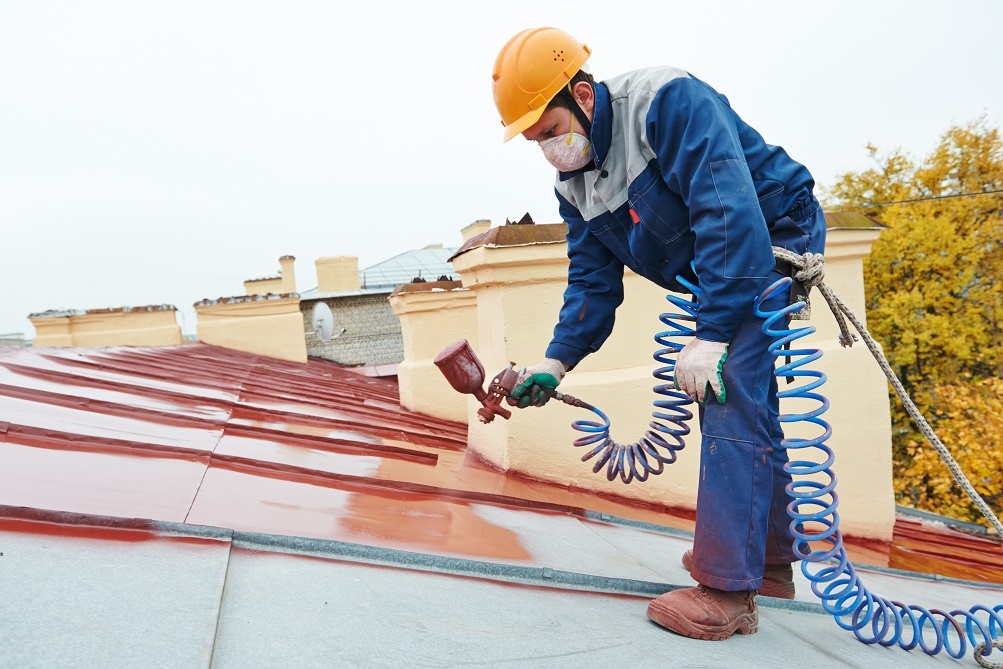The right plastering tool can save you time, improve the end result of your project and give it that extra quality. You know how important it is to have the right tools when you are doing home improvement projects, like hanging drywall or wallpapering.
Plastering requires a steady hand. The right tools can help you complete your plastering list quickly and efficiently.
This list will help you with any job of plastering, no matter how much experience you have or if this is your very first time.
1. Finishing Trowel
The finishing trowel has a blade that is larger and flatter than the pointing trowel. This allows you to smooth plaster more effectively, giving your surfaces a smoother finish. You’ll use the RST SS Finishing Trowel a lot, so it makes sense to invest in a quality tool.
It allows you to flatten the plaster further after application on the wall. The trowel surface must be clean and excellent to leave a consistent finish.
2. Window Trowel
When they cannot use their larger trowels close to windows, most plasterers use their window trowel. This trowel is designed for use around windows because of its smaller blade, which makes it easier to maneuver over walls in tight spaces. This is an essential tool if you are involved in many residential projects.
3. Bucket Trowel
The bucket trowel is one of the most essential plastering tools. The bucket trowel is used to transfer plaster from the mixing pail onto your hawk. A bucket trowel is recommended because of the weight involved in moving plaster.
4. Mixer
A plaster that is meticulously mixed will produce superior results, and will ensure a smooth finish. A hand-held power mix is ideal for mixing cement, plaster, paint, and grout. A power mixer will help you to complete your plastering job as quickly and efficiently as possible.
5. Mixing Bucket
A bucket can be used in many ways when working on a construction project. A bucket with at least 15 litres of water should suffice in most situations, depending on the exact requirements. Before starting any plastering project, you must ensure that your bucket is clean and dry.
6. Hawk
If you don’t have a hawk, then you’re not plastering right! The hawk is a portable surface that allows you to keep your plaster materials while on the move. It’s one of the essential tools for professional plasterers.
This tool makes it easy to apply plaster across walls and ceilings. You can find many different plastering hawks of various sizes, but the Nela hawk is recommended because it has a smooth surface with rounded edges.
7. Step Ladder
A step ladder is essential for any plastering project on a ceiling or wall. A ladder with a platform makes it easier to work, as you can store all your tools and supplies. This reduces the number of trips up and down the ladder.
8. Snip
A good set of snips is essential for modern plastering, mainly because you will need to trim or cut beading. Be sure that you choose snips that can cut both types of metal commonly used for beading, stainless steel and cold steel.
Longer handles can also provide additional leverage, making it easier to clip up the beading. Any plasterer should have a sturdy set of snips in their toolkit.
9. Plasterer’s Boat
After you have applied your last layer of wall or ceiling plaster, give it one more pass with the plasterer’s float to get that smooth, premium finish.
These plastering tools should be in the arsenal of every professional. Without them, you will not be able smooth out the top layer and your surface may end up uneven.
10. Mortar Stand
This accessory may seem obvious, but in reality it can help make the work site a bit easier.
The mortar stand is an easy-to-use, compact table that you can use for your plastering or grouting supplies. These plastering tools could be very useful!
10. Scarifier
The last tool in our list is the scarifier. It’s a large metal comb which allows you to chip away the render before you apply your second layer.
Scarifiers are essential tools for plasterers, as they allow you to create lines directly into the render. This strengthens the bond with the next layer.
If you’re looking to finish the walls and ceilings of your home with a high-quality product, we recommend investing in one. For more info about – plastering services in Auckland.




